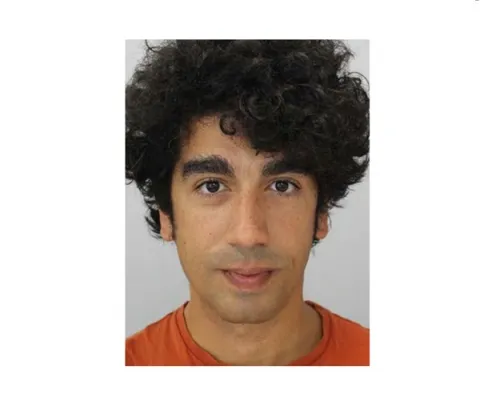About the project
Unlocking how soil’s hidden ecosystem engineers, such as earthworms and roots, reshape its structure could revolutionize sustainable agriculture. This project develops mathematical models linking tiny biopores to large-scale soil behaviour, improving predictions of water flow, gas transport, and mechanical resilience, with vital implications for combating soil compaction and safeguarding global food security.
Soil structure fundamentally regulates water flow, gas transport, and mechanical behaviour across scales. Alarmingly, over 25% of mechanised agricultural land is threatened by soil compaction: a degradation process that reduces porosity, limits root growth, and impairs infiltration. This growing problem risks undermining global food security and carries an estimated economic burden of £0.5–1.2 billion annually in the UK alone.
In response to this growing challenge, nature offers potential solutions: soil-dwelling biological agents such as earthworms and plant roots act as ecosystem engineers, reshaping soil through bioturbation. Their activity can enhance drainage, increase oxygenated zones, and may even accelerate the structural recovery of compacted soils. Despite this promise, the physical impacts of bioturbation on bulk soil properties remain poorly quantified, and it is unclear how such microscale biological activity influences field-scale transport and mechanics.
This project will develop a rigorous mathematical framework to scale the effects of soil bioturbation from pore to field scale. You will employ asymptotic and homogenisation techniques to upscale pore-scale processes (e.g. Stokes flow, gas diffusion, grain contact stresses) into effective bulk properties such as hydraulic conductivity, tortuosity-influenced effective diffusion, and soil bulk effective elasticity. X-ray computed tomography (CT)will be used to visualise soil biopores and generate image-based computational meshes for simulation. You will link changes in bulk properties with biological activity patterns to refine current soil parameterisations.
This project offers you the chance to:
- present original research at two or more international conferences, such as the American Geophysical Union (AGU) or the European Geosciences Union (EGU), developing strong science communication and networking skills
- acquire project management experience, including planning, collaboration across disciplines, and stakeholder engagement
- develop advanced expertise in X-ray computed tomography (CT) imaging, including sample preparation, image acquisition, and 3D image processing
- master data science techniques, including computational modelling, image-based mesh generation, and quantitative analysis of complex datasets
- gain deep subject-matter expertise in soil biomechanics, including pore-scale physics and bulk soil behaviour under biological influences
- strengthen technical writing skills through publication preparation, grant writing, and knowledge dissemination to academic and non-academic audiences
- advance proficiency in analytical and computational mathematical methods, including asymptotic analysis, perturbation techniques, homogenisation, and numerical simulation
- enhance programming skills using tools such as MATLAB, Python, and finite element software for solving complex multi-scale problems
- develop critical thinking and problem-solving skills through interdisciplinary research at the interface of applied mathematics, soil science, and environmental engineering
The School of Engineering is committed to promoting equality, diversity inclusivity as demonstrated by our Athena SWAN award. We welcome all applicants regardless of their gender, ethnicity, disability, sexual orientation or age, and will give full consideration to applicants seeking flexible working patterns and those who have taken a career break.
The University has a generous maternity policy, onsite childcare facilities, and offers a range of benefits to help ensure employees’ well-being and work-life balance. The University of Southampton is committed to sustainability and has been awarded the Platinum EcoAward.
